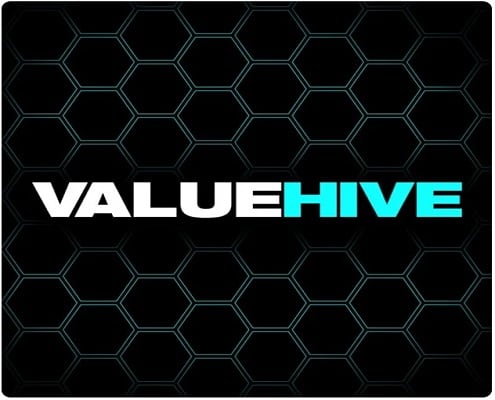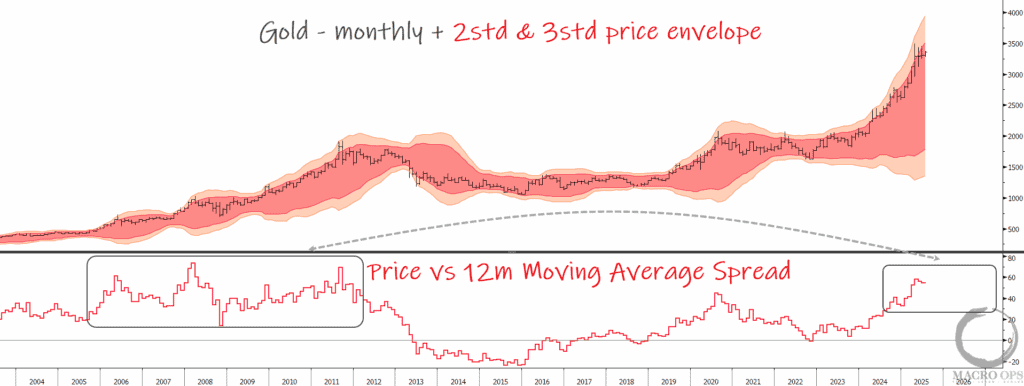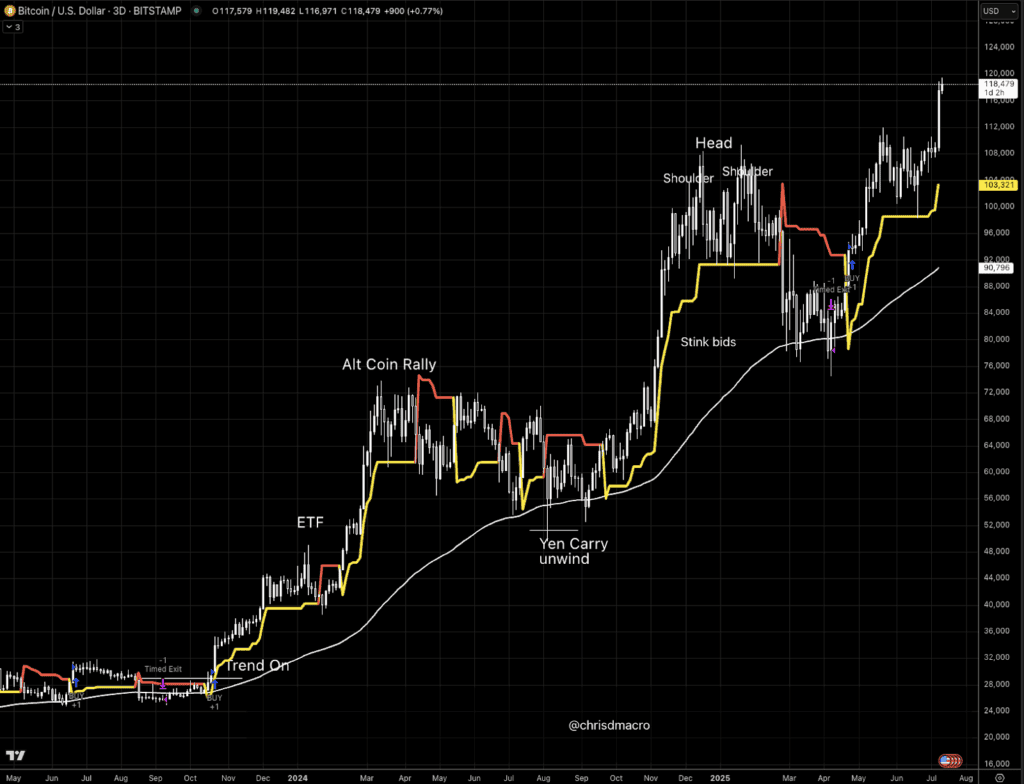Good morning and Happy Wednesday!
This week I’m trying a new content format called “3 Big Things,” or “3BT”.
3 Big Things distills all my podcast episodes into bite-sized mini-essays. Each piece features the following:
- One Conversation (Stocks, Psychology, Markets)
- One Framework (Mental Model, Analytical, Behavioral)
- One Idea (Long or Short)
We’ve got 130+ episodes to break down, and I can’t wait to share these pieces with you.
Let’s kick this series off with my episode with Matthew Sweeney of Laughing Water Capital. Before we begin, make sure to follow Matt on Twitter @LaughingH20Cap.
Also, make sure to listen to the podcast here.
Alright, let’s dig in.
One Conversation: Ask These Four Questions Before Making Any Investment
One thing I love about Sweeney’s approach to investing is that he keeps this very simple. No matter the company, Sweeney must answer these four questions before spending more time on an idea:
1. Is it a good business?
A “good” business has many flavors. It could be a high-margin, sticky SaaS product like Avalara (AVLR) or a low-margin retailer like Costco (COST).
However, Matt prefers businesses that generate high ROIC (or a path towards high ROICs), have lived through multiple market cycles, and have a long runway to reinvest their earnings.
2. Who are we partnering with?
This is all about management. For example, Matt asks a few questions: Are they quality/trustworthy people? How much stock do they own? Do they have a history of effectively allocating capital?
3. What happens when something goes wrong?
Every company eventually experiences a downturn. How the company (management, employees, and customers) responds to adversity matters. Ask, “how did this company perform during the last two market downturns?”
Analyzing how a business performed during a prior downturn will offer a framework for interpreting the next downturn.
4. Why might it be cheap?
Matt saves the best question for last. Investors should meet low-P/E stocks with high skepticism. Given the legions of quantitative models/screens and quant shops, it forces you to wonder, “why am I being afforded this opportunity?”
Think about it like a venture capitalist. Suppose it’s taken a startup 18 months to raise capital, and suddenly they’re knocking at your door. Any VC worth their salt would say, “why did all the other VC firms pass on this idea? What am I missing?”
95% of the time, stocks are cheap for a reason. Mr. Market’s pretty darn good at his job.
I like Matt’s thoughts on “cheap” stocks … “the least attractive ideas that I read are ones based on valuation and price. If your pitch starts with ‘this stock trades at 16x P/E and I think it should trade at 20x P/E, it’s usually a no.”
One Framework: The Good Co./ Bad Co. Idea Framework
One of Matt’s favorite idea frameworks is “Good Co. / Bad Co.” In short, Matt seeks businesses that operate two business segments where one earns profits and high returns while the other loses money.
Let’s use an example from my post, Stocks That Don’t Screen Well: Why It Happens & How To Find Them.
Suppose we operate a dental care manufacturing company that makes and sells toothbrushes and toothpaste. The toothbrush segment is a good business and generates $1.50/share in earnings. However, our toothpaste business sucks, losing ~$1.00/share in profits annually.
The combined business earns $0.50/share in earnings. Here’s the exciting part. Our business generates $1.50/share in earnings when management closes/sells the toothpaste division.
These ideas don’t need markets to re-rate or interest rates to drop. Like Sweeney says, “I just need a management team with skin in the game that doesn’t want to light money on fire forever.”
You can read one of our Good Co. / Bad Co. ideas from last year here (disc: we do not own shares).
One Idea: Houghton Mifflin, Inc. (HMHC)
During the podcast, one idea Matt mentioned was HMHC, a K-12 education curriculum provider. Matt first introduced the idea in his H1 2021 investor letter, which you can read here.
Matt outlines why you should care about the value proposition in his letter (emphasis added):
“Following the recent sale of their publishing division – which has not shown up in quarterly financials yet – the company will soon be net-debt free. While looking backwards shows a limited ability to generate free cash flow, the future looks much brighter.
A new management team joined in 2016/2017 and set the company on a course toward a digital-first approach to curriculum, which has many benefits, including a fixed cost base that is now ~30% lower than it was in 2016. As a result, management has indicated that going forward they expect that annual billings above ~$850M will convert to FCF at ~65% margin.”
Matt also breaks down what things could look like if things go right (emphasis mine):
“Despite these signs of improvement, if we simply assume that “normal” billings remain the same as the last five years, and that massive Federal stimulus will lead to an uptick from “normal” over the next 3 years, then with reasonable assumptions HMHC’s FCF yield approaches 25%.
With this gusher of cash set to arrive, perhaps the biggest risk is that management and the board fail to allocate it effectively.”
The company is currently in a tender/activist battle between Veritas Capital and Engine Capital. You can also read Laughing Water’s letter to HMHC’s board and employees here.
Wrapping Up: Feedback Encouraged
That concludes our first editions of Value Hive: 3 Big Things. Please let me know what you think and how I can improve on these going forward.
I want to provide the most value in the most concise manner possible. And consolidating 90 minutes of a podcast is a challenge. So don’t hesitate to reach out if you have any feedback!










